
At night, when you catch sight of an opossum in your car headlights, you are allowed to think, “That is one ugly little animal.” But what opossums lack in looks, they make up in originality.
They’re America’s only babies-in-the pouch marsupial. They’re a southern species — proper name Virginia opossum — that’s adapted to New England winters.
They’re one of the oldest species of mammal around, having waddled past dinosaurs.
They eat grubs and insects and even mice, working over the environment like little vacuum cleaners.
“They really eat whatever they find,” said Laura Simon, wildlife ecologist with the U.S. Humane Society.
And they’re an animal whose first line of defense includes drooling and a wicked hissing snarl — a bluff — followed by fainting dead away and “playing possum.”
“They are just interesting critters,” said Mark Clavette, a wildlife biologist with the state Department of Energy and Environmental Protection.
And now ecologists have learned something else about opossums. They’re a sort of magnet when it comes to riding the world of black-legged ticks, which spread Lyme disease.
“Don’t hit opossums if they’ve playing dead in the road,” said Richard Ostfeld, of the Cary Institute for Ecosystem Studies in Millbrook, N.Y.
Ostfeld is forest ecologist and an expert on the environmental elements of infectious diseases like Lyme disease.
Several years ago, scientists decided to learn about the part different mammals play in the spread of the ticks and the disease.
They tested six species — white-footed mice, chipmunks, squirrels, opossums and veerys and catbirds — by capturing and caging them, and then exposing each test subject to 100 ticks.
What they found, is that of the six, the opossums were remarkably good at getting rid of the ticks — much more so that any of the others.
“I had no suspicion they’d be such efficient tick-killing animals,” Ostfeld said.
Indeed, among other opossum traits, there is this: They groom themselves fastidiously, like cats. If they find a tick, they lick it off and swallow it. (The research team on the project went through droppings to find this out. All praise to those who study possum poop.)
Extrapolating from their findings, Ostfeld said, the team estimated that in one season, an opossum can kill about 5,000 ticks.
What ecologists are learning is how complex the interaction of ticks and mammals can be.
For example, foxes probably serve as a host for ticks seeking a blood meal. But foxes are great at killing white-footed mice — the species in the environment credited with being the chief reservoir of the Lyme bacteria.
Likewise, Ostfeld said, opossums, waddling around at night, pick up lots of ticks. Some ticks end up getting their blood meal from the possum. But more than 90 percent of them ended up being groomed away and swallowed.
“They’re net destroyers of ticks,” Ostfeld said.
For Simon, of the U.S. Humane Society, the Cary Institute research is a welcome justification to just leave opossums be.
“People are so hard on them,” she said.
That’s in part because people think oppossums might be rabid when they drool and hiss and carry on when threatened. In fact, opossums are resistant to rabies.
Meanwhile, they are not particularly pretty. People who “ooh” and “aah” over fawns and bluebirds may not extend the same love to pokey animals with triangular heads, white faces and naked tails.
“I tell people ‘We can’t all be beautiful,’ ” Simon said.
courtesy of, see video: http://www.offgridquest.com/wildlife/


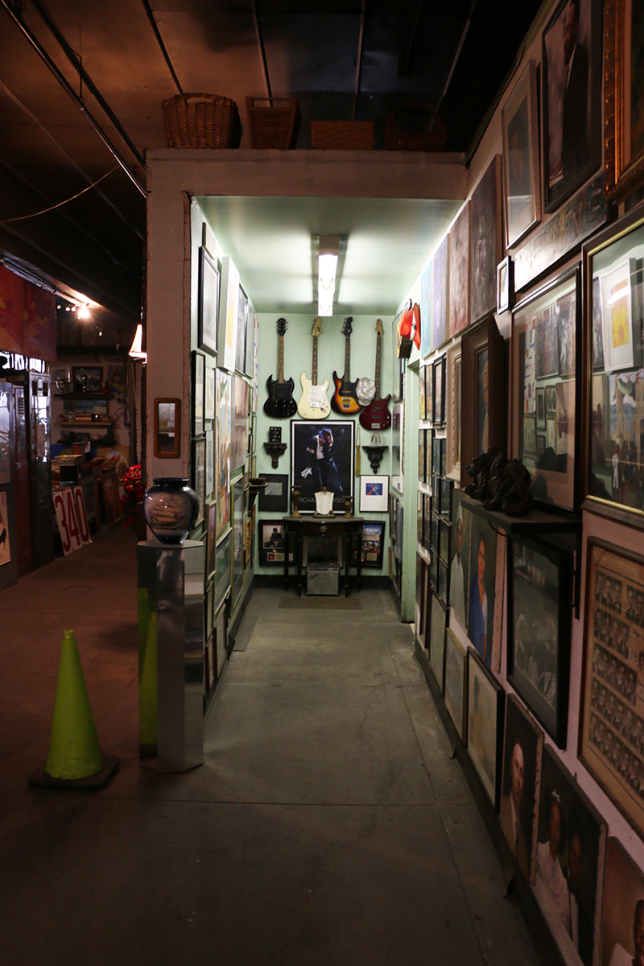








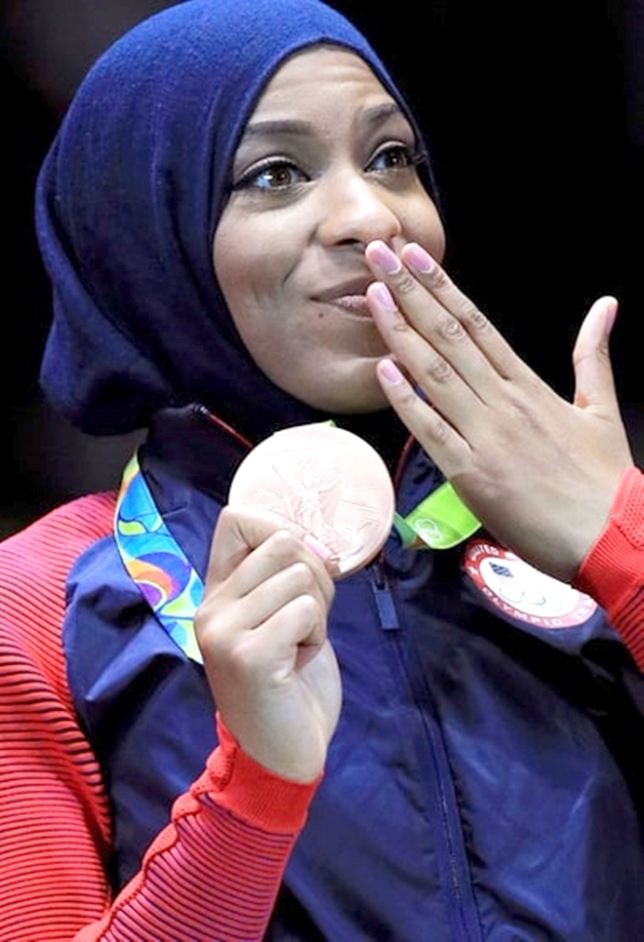

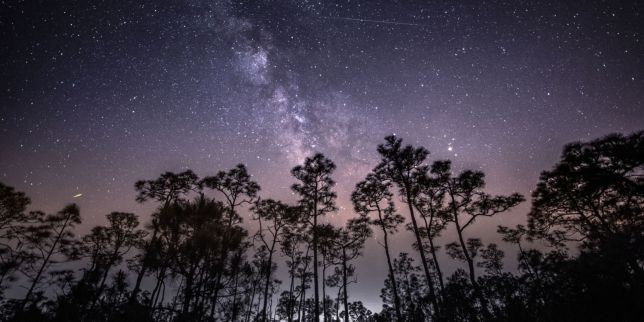
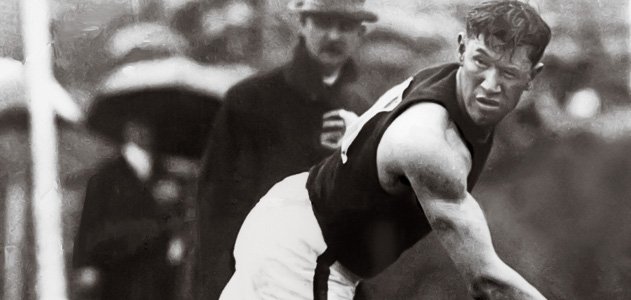

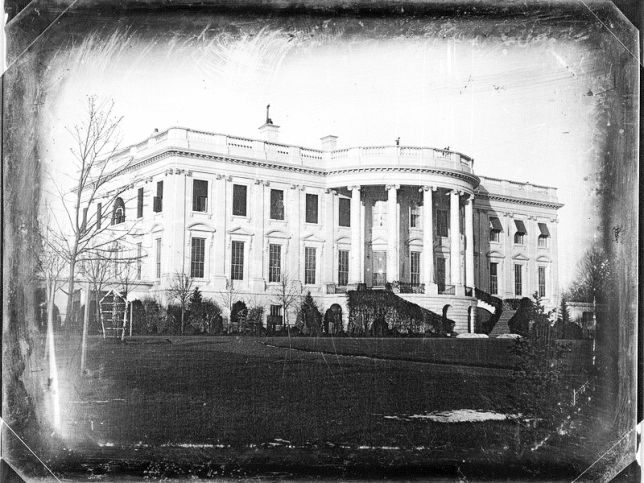

 What is your clan? What is your Indian name? Who named you?
What is your clan? What is your Indian name? Who named you?
